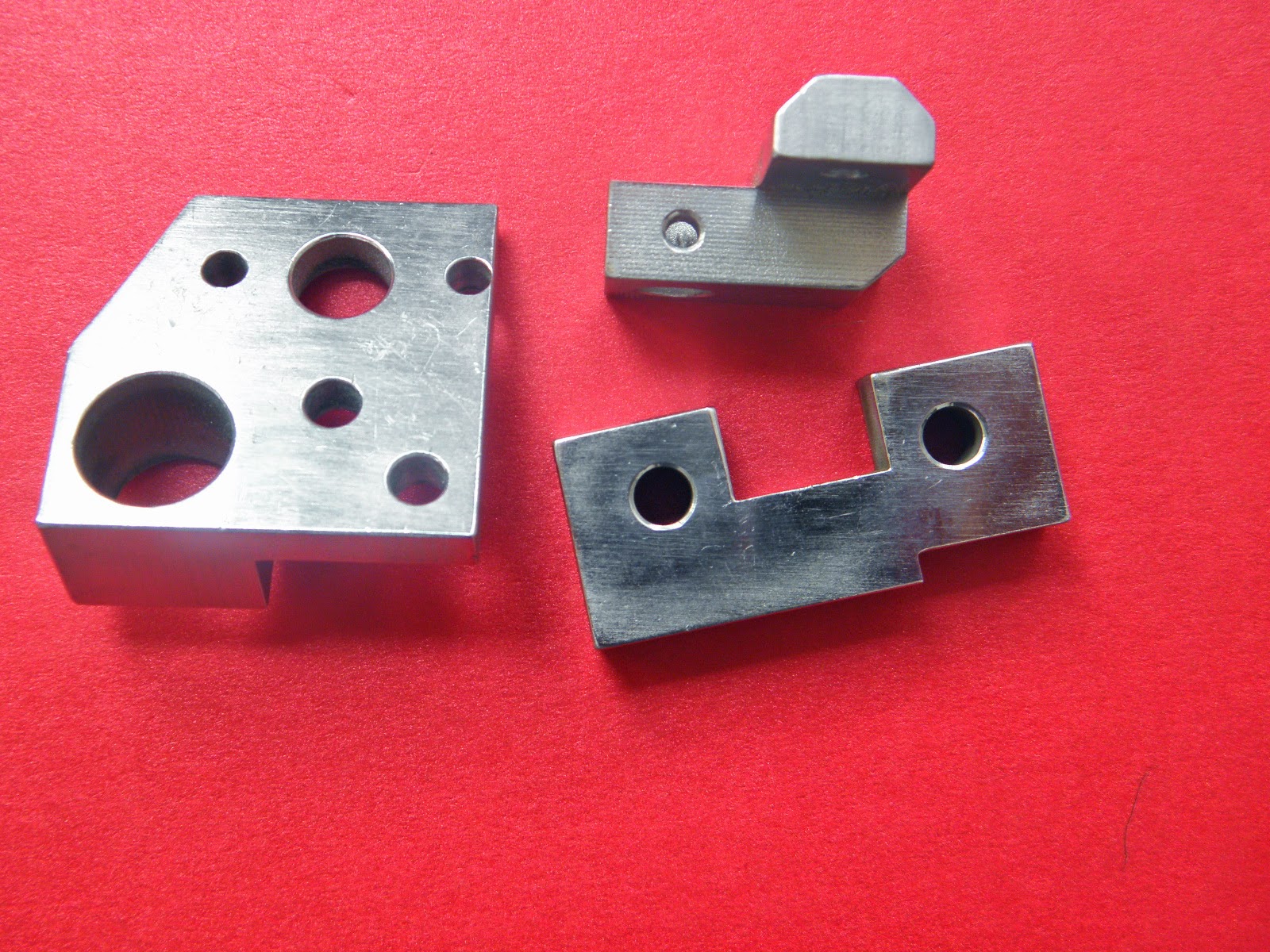Boosting Competitiveness
As
mentioned, robotic China metal parts machining applications originated in the automotive industry. General
Motors, with some 40-50,000 robots, continues to utilize and develop new
approaches. The ability to bring more intelligence to robots is now providing
significant new strategic options. Automobile prices have actually declined
over the last two to three years, so the only way that manufacturers can
continue to generate profits is to cut structural and production costs.
When plants are converted to new automobile models, hundreds of millions
of dollars are typically put into the facility. The focus of robotic
manufacturing technology is to minimize the capital investment by increasing
flexibility. New robot applications are being found for operations that are
already automated with dedicated equipment. Robot flexibility allows those same
automated operations to be performed more consistently, with inexpensive
equipment and with significant cost advantages.
Robotic Assistance
A
key robotics growth arena is Intelligent Assist Devices (IAD).operators
manipulate a robot as though it were a bionic extension of their own limbs with
increased reach and strength. This is robotics technology not replacements for
humans or robots, but rather a new class of ergonomic assist products that
helps human partners in a wide variety of ways, including power assist, motion
guidance, line tracking and process automation.
IAD
use robotics technology to help production people to handle parts and payloads,
more, heavier, better, faster,China metal parts machining with less strain. Using a human-machine
interface, the operator and IAD work in tandem to optimize lifting, guiding and
positioning movements. Sensors, computer power and control algorithms translate
the operator's hand movements into super human lifting power.
New robot configurations
As
the technology and economic implications of Moore's law continue to shift
computing power and price, we should expect more innovations, more
cost-effective robot configurations, more applications beyond the traditional
service emphasis.
The
biggest change in industrial robots is that they will evolve into a broader
variety of structures and mechanisms. In many cases, configurations that evolve
into new automation systems won't be immediately recognizable as robots. For
example, robots that automate semiconductor manufacturing already look quite
different from those used in automotive plants.
We
will see the day when there are more of these programmable tooling kinds of
robots than all of the traditional robots that exist in the world today. There
is an enormous sea change coming; the potential is significant because soon
robots will offer not only improved cost-effectiveness, but also China metal parts machining advantages and
operations that have never been possible before.

没有评论:
发表评论